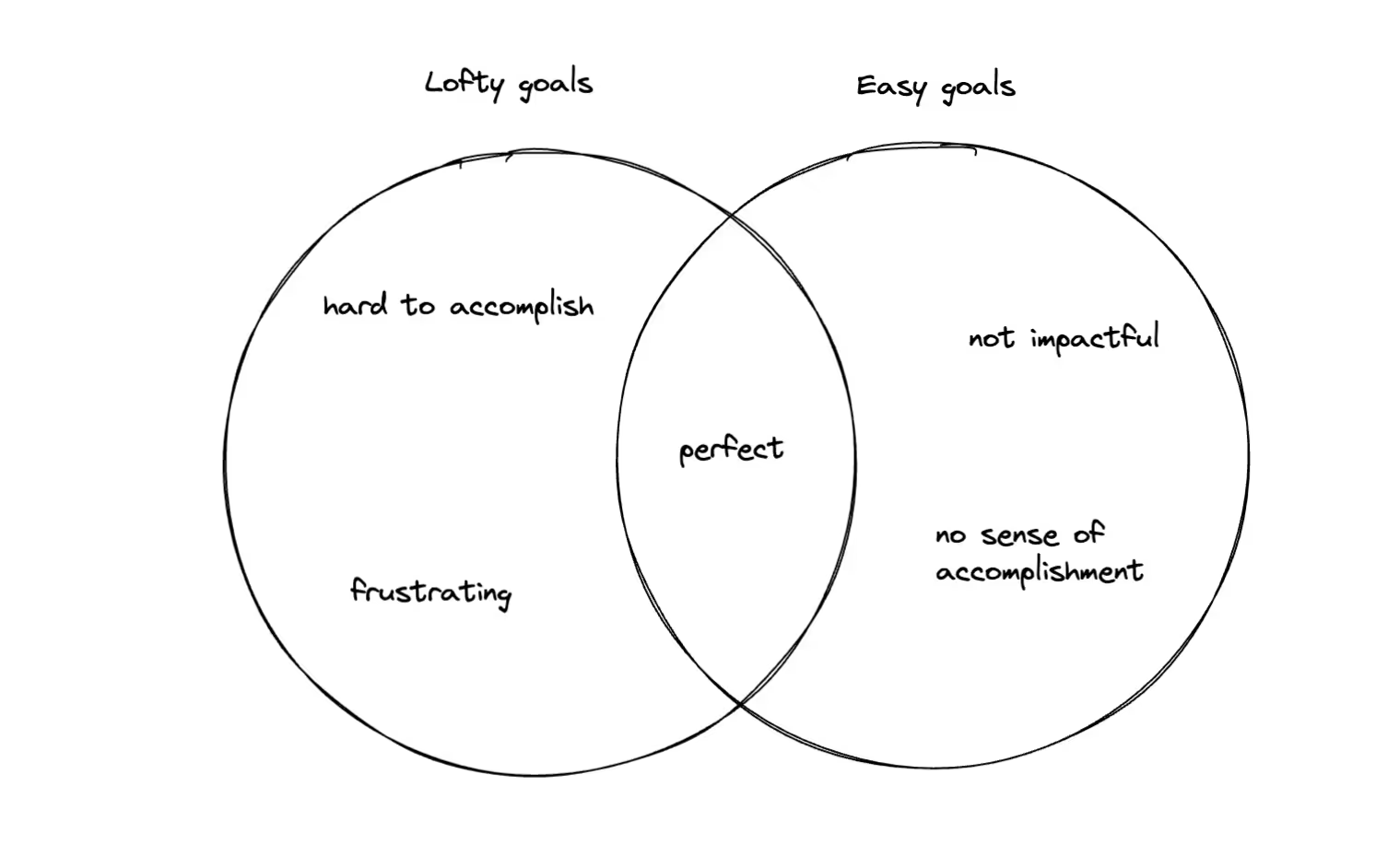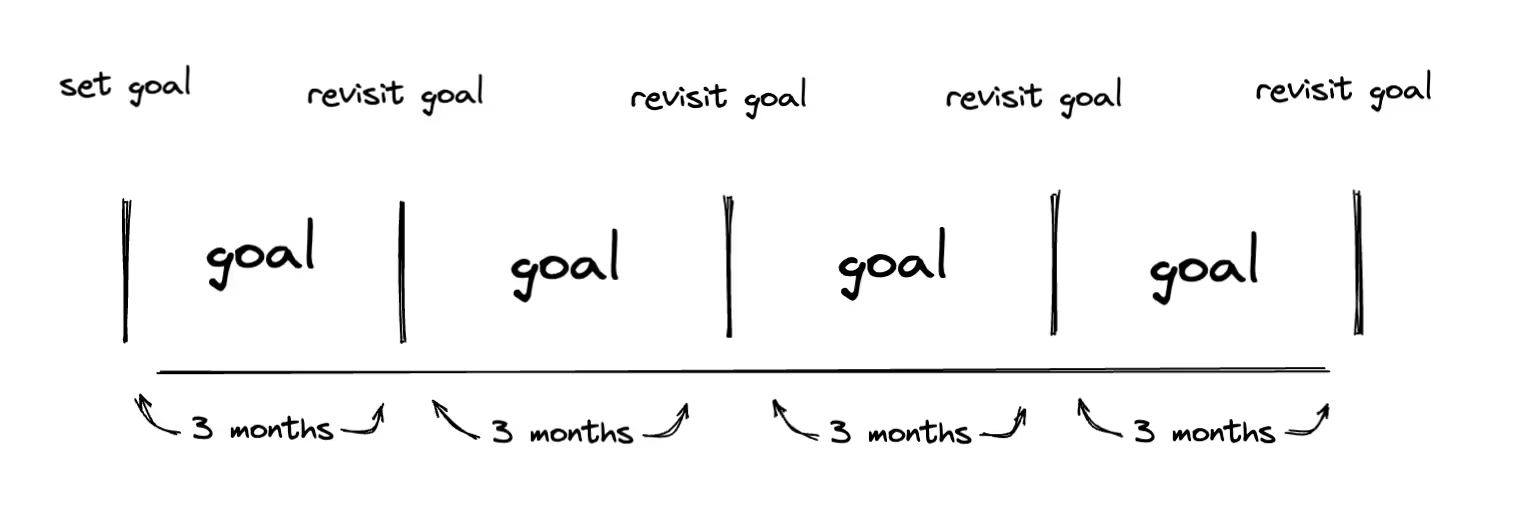How to Revisit Your Goals: A Guide to a Better Process
You’re on the right track if your organization is thinking about how to revisit your goals. Employee performance increases by 12 to 15 percent when effective goals are in place.
The trouble is that there are different types of goals and endless ways to personalize each goal. It’s easy to come up with ineffective goals that don’t serve your employees or your organization.
If you end up with goals that don’t seem to be working, should you revisit those goals? If so, how often should goals be revisited, and should goals change? Don’t let the process of readdressing your goals make you feel overwhelmed.
Read on to discover how to tackle the concept of re-evaluating your goals and learn how to build a better goal-setting system.
Considering Revisiting Your Goals
If you’re wondering if you need to revisit your goals, the answer is probably yes. Just thinking about reassessing your goals is a sign that something isn’t working. You need to take time to figure out what’s not working and how to amend your goals.
Your new goals should hit that sweet spot of being challenging and obtainable.
It’s okay if the thought of reevaluating your goals makes you feel frustrated because you spent so much time coming up with those goals in the first place. The solution isn’t to carry on with the goals you already have.
You might find your goals are too easy to accomplish, which means they aren’t challenging enough. On the other hand, your goals might be too hard. This can make employees feel frustrated, which isn’t the point of setting goals.

Although it takes time, it’s better to reassess your goals when they aren’t working. This is true even if it means scrapping or amending goals so they better serve you.
How to Revisit Goals
Resetting goals can make you feel like a failure. The process also has the potential to make employees feel unsettled, unmotivated, and frustrated, especially if they feel like the leadership team changes goals without warning.
The process of changing goals doesn’t have to be frustrating if you pay just as much attention to the process of revisiting goals as you do to the goals themselves.
The first step of revising goals is diving into what when wrong. A few things to consider include:
- Did something unexpected happen to affect the goal? For example, did a process take an unexpected pivot, or has a family situation caused an employee to spend less time at work?
- Are external forces at play? For example, are outside vendors impacting the business, or maybe an economic situation is forcing changes in the company?
- Were the goals set wrong in the first place? Maybe they were designed to be a little too easy, or the goals were too lofty to be achieved during regular working hours.
Ask for employee input when reevaluating goals that affect them. Tell them why the goals need revision, which means also telling them if there's an external reason for resetting goals. Employees are more willing to be agile and adapt if you are transparent about the reason why goals need to be reevaluated.
Part of the process should also include inspiring employee commitment to the new goals. Give employees some control over the process by allowing them to revise goals if they feel it is necessary, or to provide input if they feel their goals are too challenging.
Prizes for achieving goals can also be very effective, even if the prize is in the form of a heartfelt message of appreciation when a goal is reached. It gets everyone in the mindset of thinking about their goals every month, which means they will be less surprised when they have to reassess those goals.
A Better Goal-Setting Process
If you want to avoid the unplanned process of revisiting goals, you should focus on goal cycle frequency. This concept requires you to make reevaluating goals part of the goal-setting process instead of it being something that comes as a surprise.
When revision is part of the process, it gets the attention it deserves. Instead of rushing through the reevaluation of a goal, and likely creating an uninspiring, unchallenging, or overly difficult goal in the process, extra time is included in the process so the goal in question can be properly addressed.
Set goals with predictable time frames instead of setting lofty goals far into the future. That way, goals expire and are reset at a comfortable pace. You can worry less about whether your goals are working because you will be reevaluating them soon anyway.
For example, realizing a yearly goal needs to be changed six months in can be disappointing and frustrating. If instead, you set four monthly goals throughout the year, you can wait for the first goal to come to an end before you reevaluate and reset it ahead of next month’s goal.
Here's a diagram that shows how most organizations set goals. This can lead to issues where revisiting the goal messes up the goals for the whole year.

Here's an example of how to set goals so the revision process is baked into the goal. If you use this method, goal revisions won't feel like such a huge interruption.

How often you revise your goals can change depending on your organization and your employees.
During the early days of a new startup, Sam Blond, the CRO at Brex, will create monthly sales goals with a likelihood of 90 percent that those goals will be met. As he gets a feeling for the goals and they become more predictable, he extends the timeline so goals are still assessed, but they are assessed less often.
By creating a schedule and keeping time frames for goals manageable, you can revisit goals on a regular basis instead of revising them in a panic when they aren’t effective, or worse—avoiding the possibility of reassessing your goals at all.
But what about long-term goals? You should still set those too! They can help you anticipate potential problems, and they help you feel confident that your business has a plan in place to last for the long run.
The trick is to make sure these long-term goals aren't what's driving your workforce. Smaller, digestible goals that are reevaluated according to a schedule are what should inspire and encourage your employees day-to-day.
» Resource: Employee Competency Matrix PDF
Goals are an effective tool to motivate your workforce and obtain personal achievements, but it’s not just about picking the right goals. Armed with these tips, you can make revising goals part of the process so everyone has obtainable and challenging goals that drive the success of your company.
PerformYard's performance management software makes it easy to set and re-evaluate goals. The software ties goals ot reviews and check-ins, so you don't have to worry about updating a spreadsheet or reminding people to revise goals every quarter.


